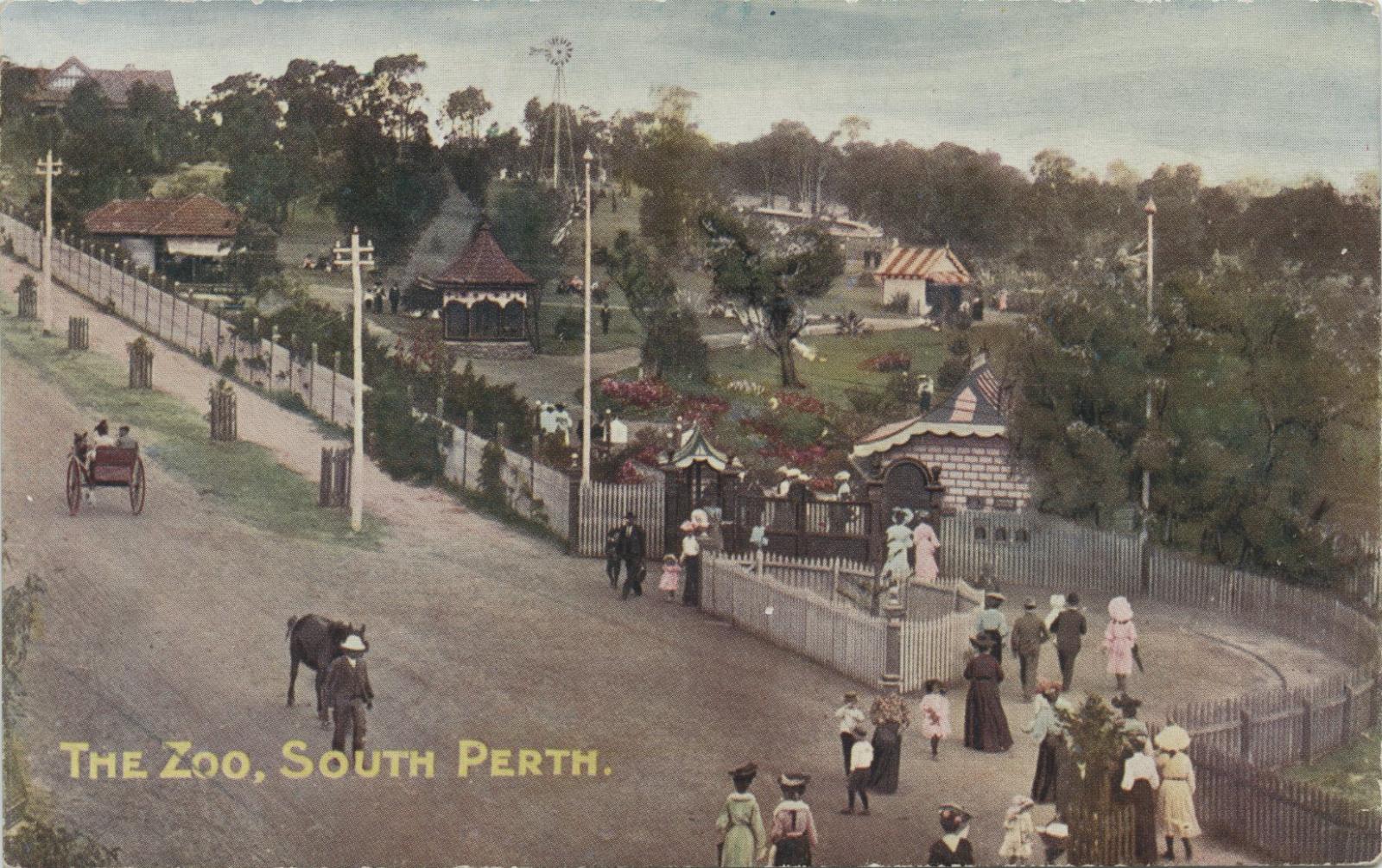
Hand-coloured postcard showing the entrance to Perth Zoo soon after its opening. The Le Souef family home, built in 1903, can be seen behind the trees at the top left.
The Perth Zoological Gardens officially opened in October 1898. It was situated on Suburban Road (later renamed Mill Point Road), South Perth, and remains so today. The Zoo showcases exotic species of animals and serves as a public garden with a lush landscape. Under the leadership of Director Ernest Le Souef, the Zoo rapidly became a scientific and recreational hub for the community. The building on the top left of the photo was the house of the Le Souef family - with their constant involvement they shaped both the institution and the community. The opening of the Zoo had an immediate impact, such as improved ferry services to Mends Street Jetty on the South Perth foreshore, and the emergence of the Mends Street shopping precinct.
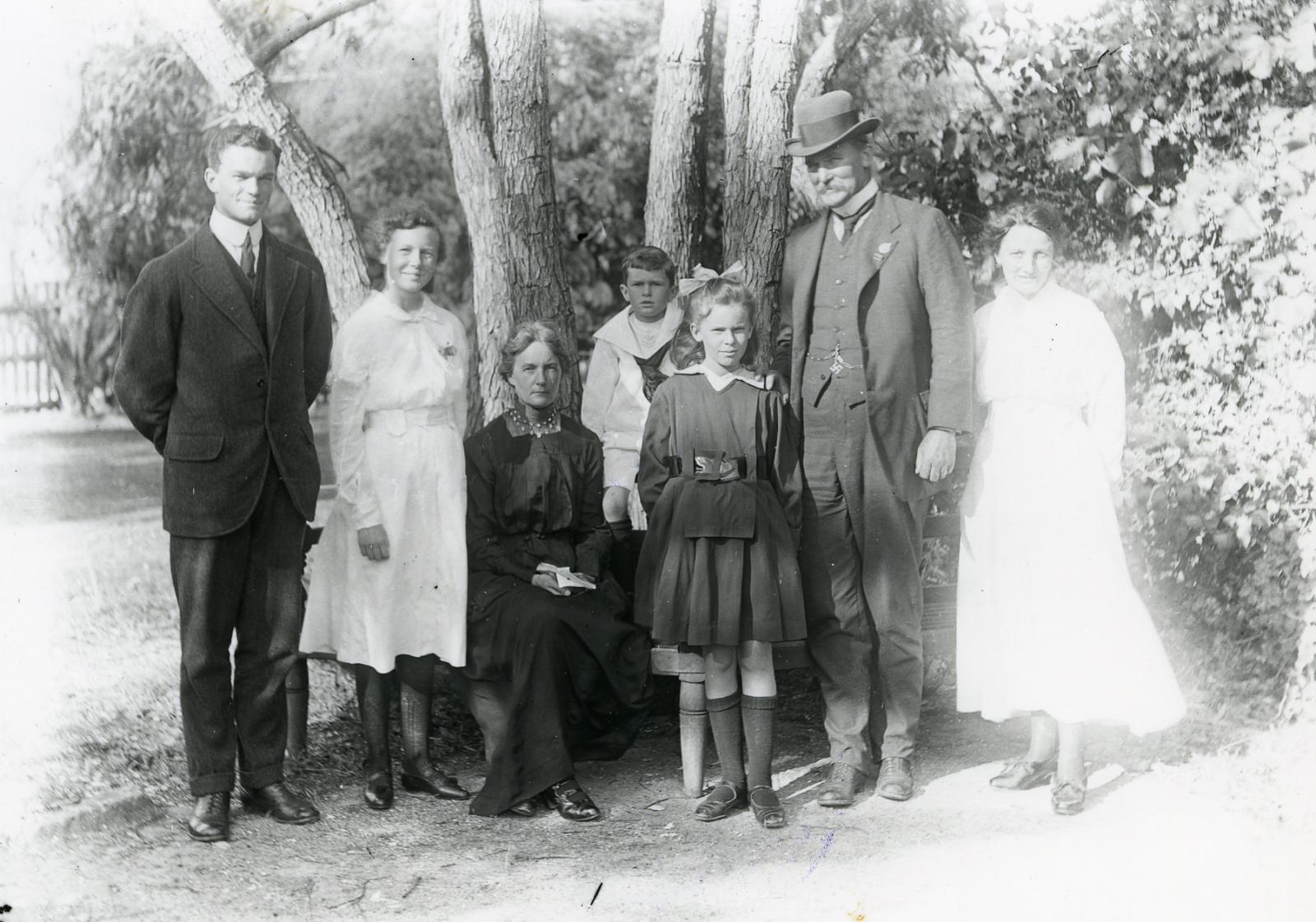
Le Souef family at the Zoo, c.1915 (Le Souef, Kim)
Ernest Albert Le Souef served as the founding Director from 1897 to 1935. Le Souef, a military officer and qualified veterinary surgeon, oversaw the Zoo's construction, landscaping and acquisitions. From 1903 he lived onsite with his wife Ellen and their children, some of whom also worked at the Zoo for many years. The family played a major role in shaping early South Perth through their contributions in zoology, education and public service. The early operation and reputation of the Perth Zoo were greatly influenced by the family.
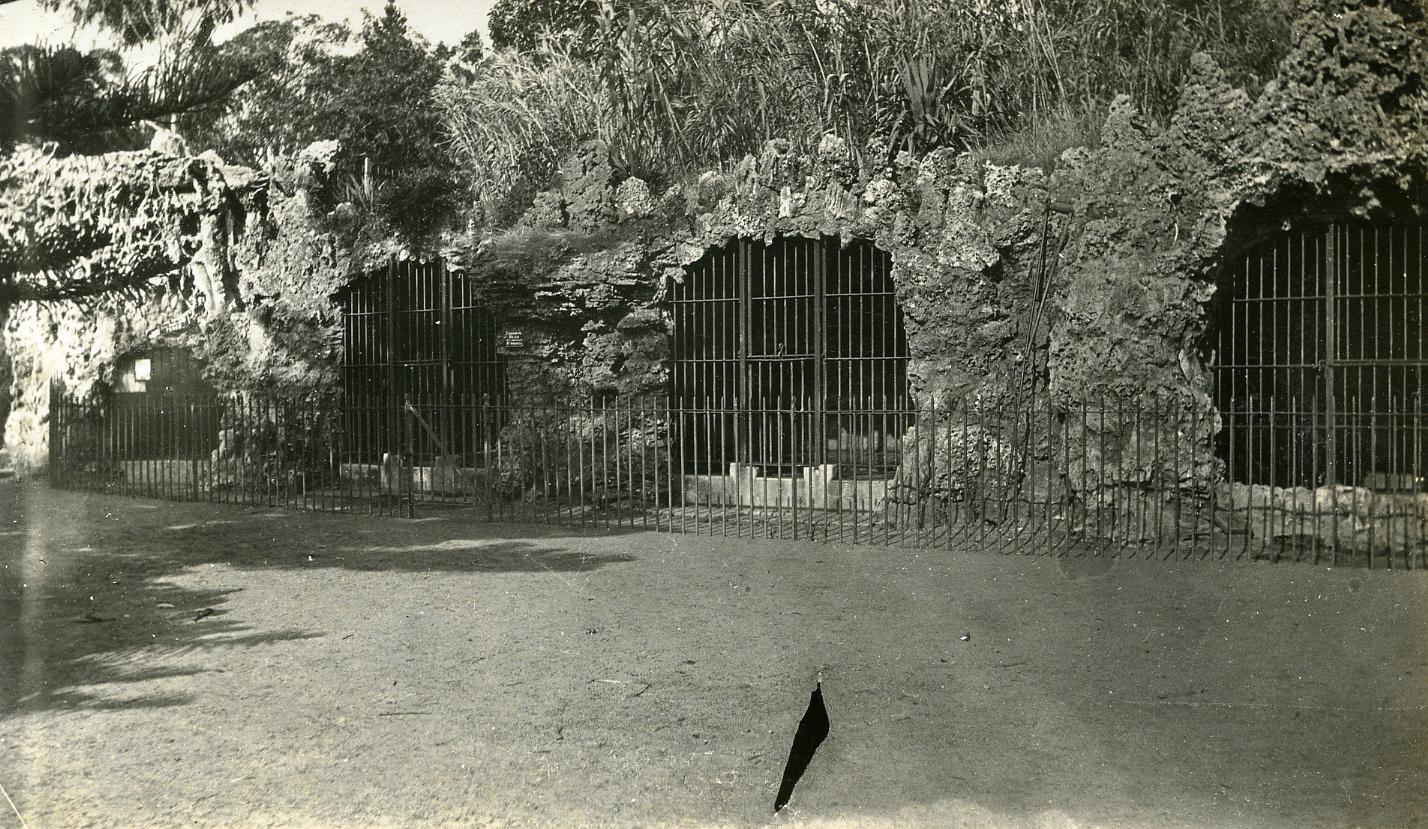
The bear cages at Perth Zoo, 1920 (Woodroffe, Jenni)
The above photo shows the original bear cages at Perth Zoo, designed during its early development phase. The construction of the Zoo infrastructure including the enclosures was completed in 16 months. Bears were among the first animals brought to the zoo by ship, alongside lions, monkeys, orangutans and tigers.
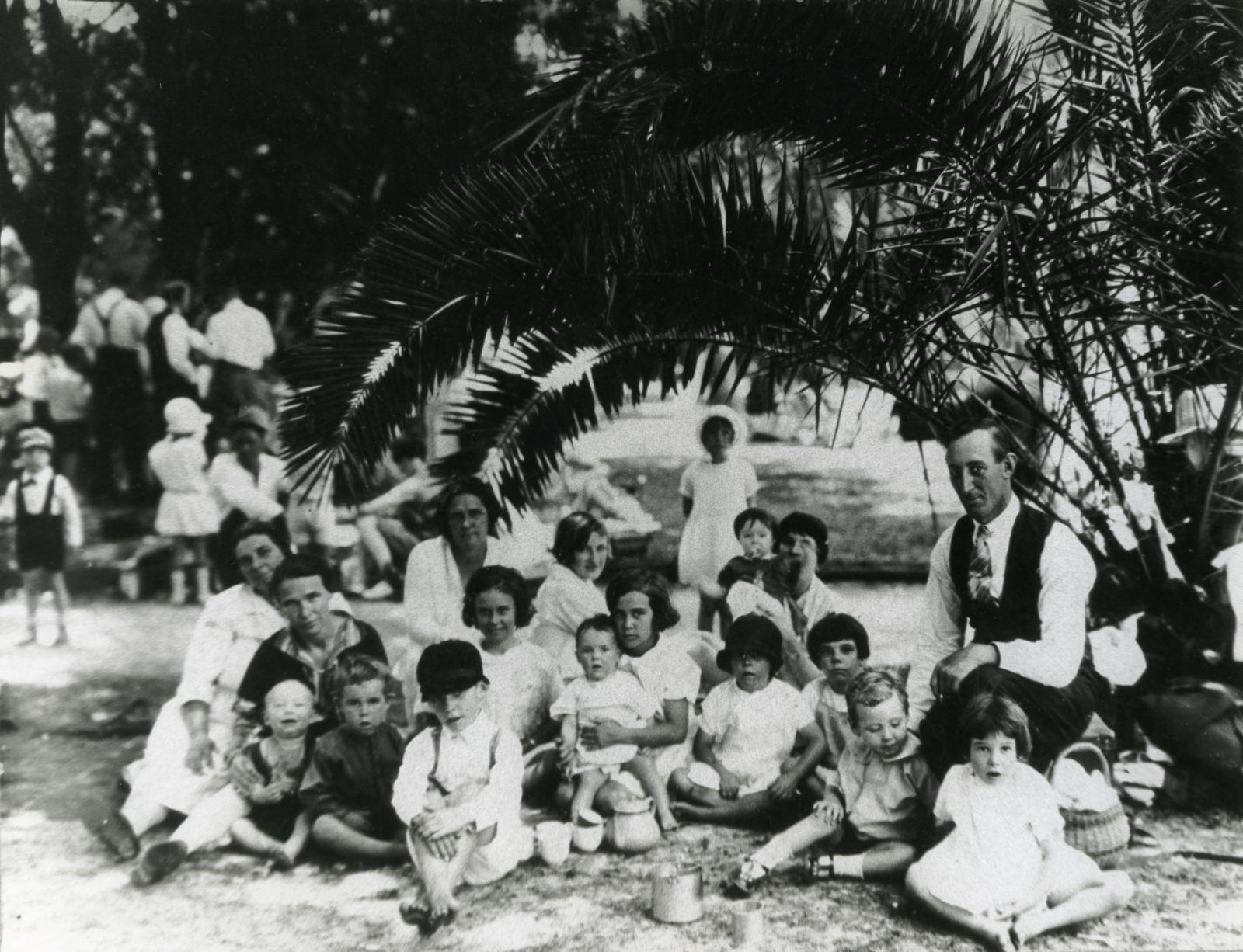
Railway picnic at the zoo, c. 1930 (Coupar)
The popularity of the Perth Zoo as a leisure destination for families grew rapidly. From its opening in 1898, the Zoo was more than just a home for animals, it also featured landscape gardens considered among the finest in Western Australia. In its first nine months the zoo had 53,000 visitors and quickly became a major attraction. The railway picnic was a regular event for families of government railway workers. The Zoo also hosted sporting events on its grounds, and accommodated Scout groups who camped among its manicured gardens.
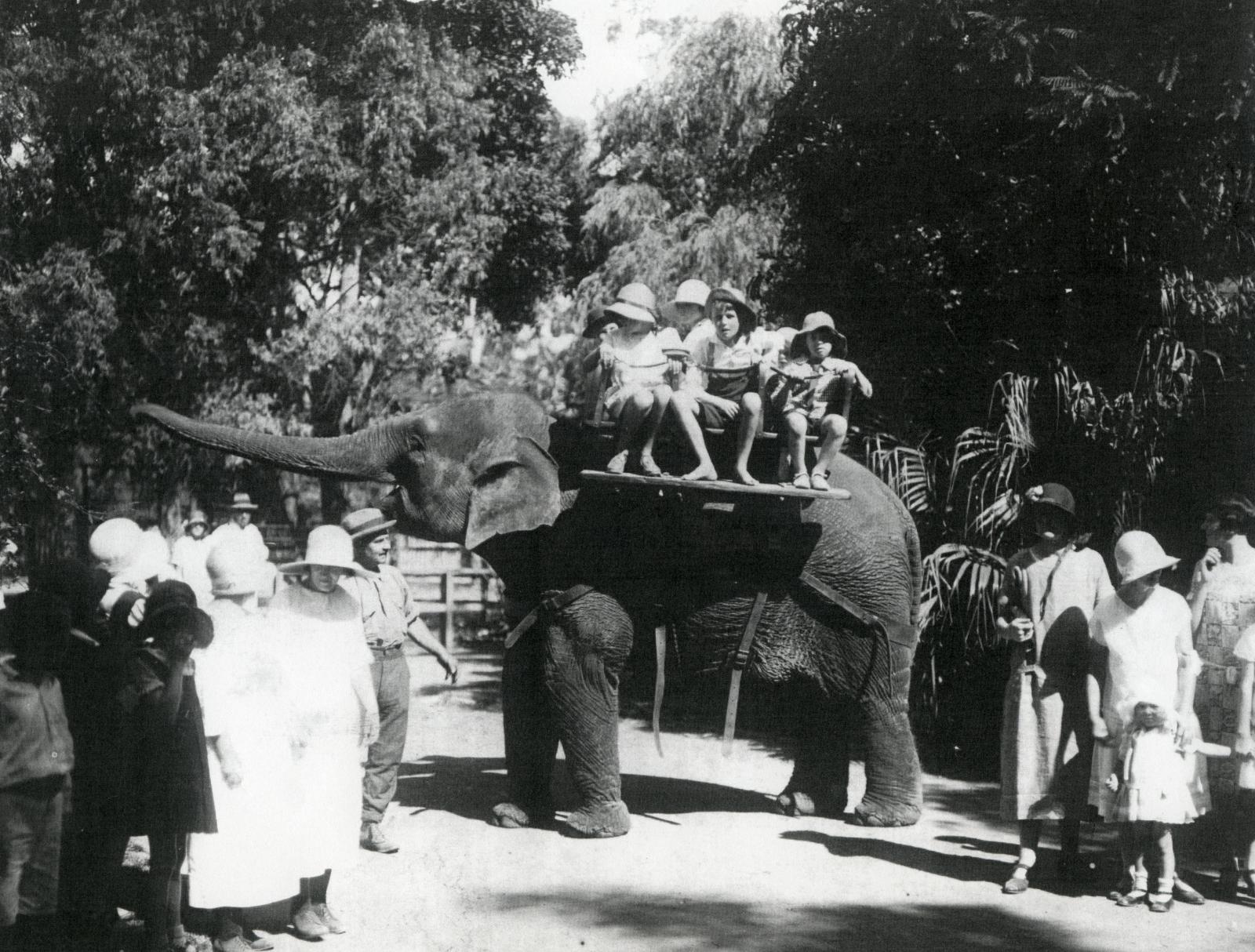
Elephant ride at Perth Zoo, 1927.
The elephant ride was one of the most loved attractions at Perth Zoo during the early 20th Century, offering many children their first close encounter with an exotic animal. The experience reflected the entertainment culture at the time, but also highlights how animal welfare perspectives change over time.
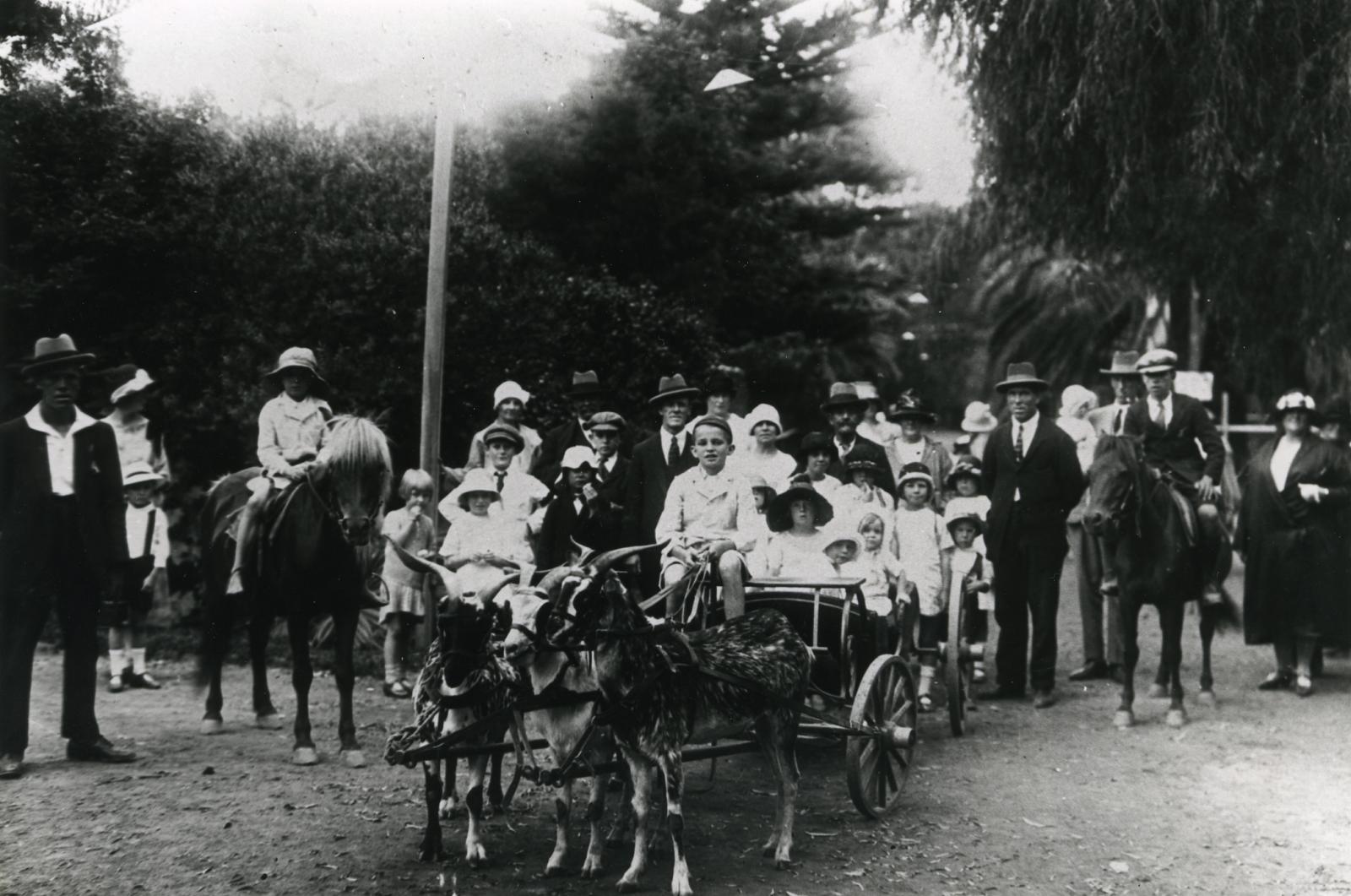
Children in the goat cart at Perth Zoo, 1927.
Along with the elephant ride, goat carting was another attraction once popular at the Zoo. While no longer offered today, it represents a period where Perth Zoo emphasised interactive experiences to educate and entertain.
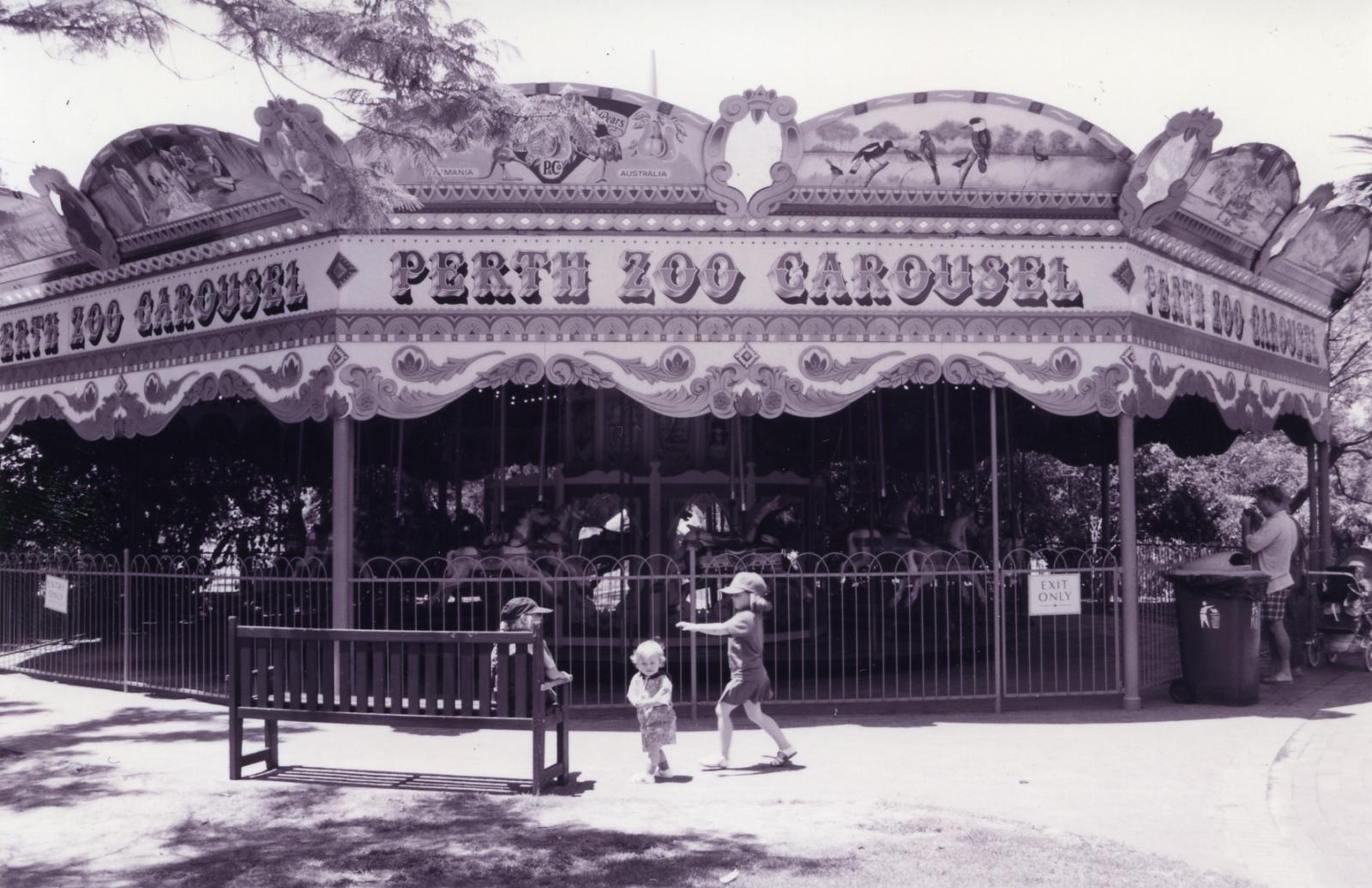
Perth Zoo Carousel, 1994 (Dans, Jenni)
Perth Zoo carousel opened in 1947 as a fun attraction for children and still runs today. The carousel reflects the Perth Zoo's standing focus on family enjoyment alongside animal conservation and education. The carousel was restored in 1991, and it remains one of fewer than 200 original working carousels worldwide.
Find out more
Additional documents, photographs and oral histories relating to the Perth Zoo can be found in the City of South Perth Local History Collection, State Library of Western Australia and the Perth Zoo website.
References
City of South Perth. (2025). City of South Perth local history collection. https://southperth.spydus.com/cgi-bin/spydus.exe/MSGTRNGEN/OPAC/LOCALHISTORY
Florey, C. (1995). Peninsular City: A social history of the City of South Perth.
Perth Zoo. (n.d.). History. https://perthzoo.wa.gov.au/about-perth-zoo/history
State Library of Western Australia. (n.d.). Le Souef family papers.